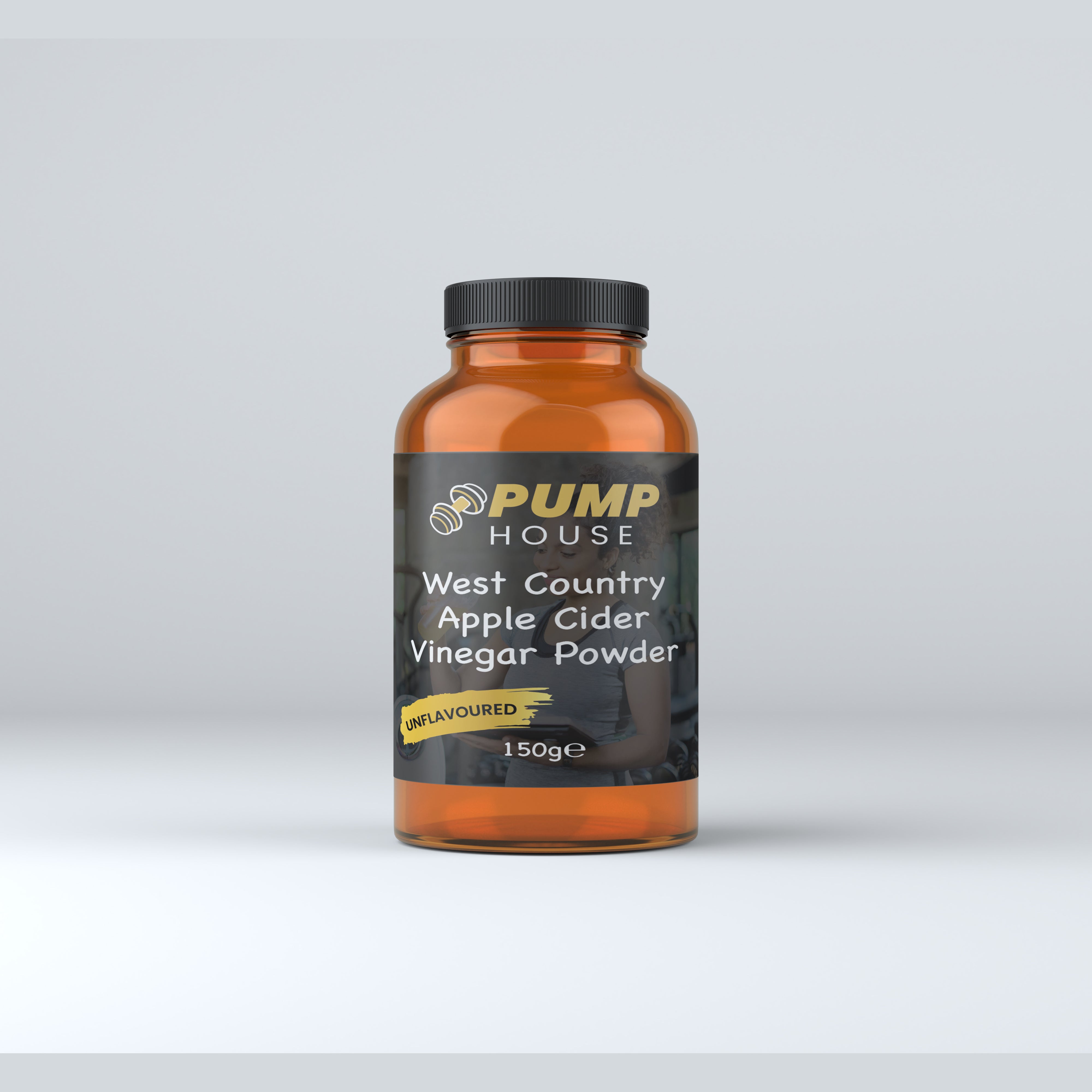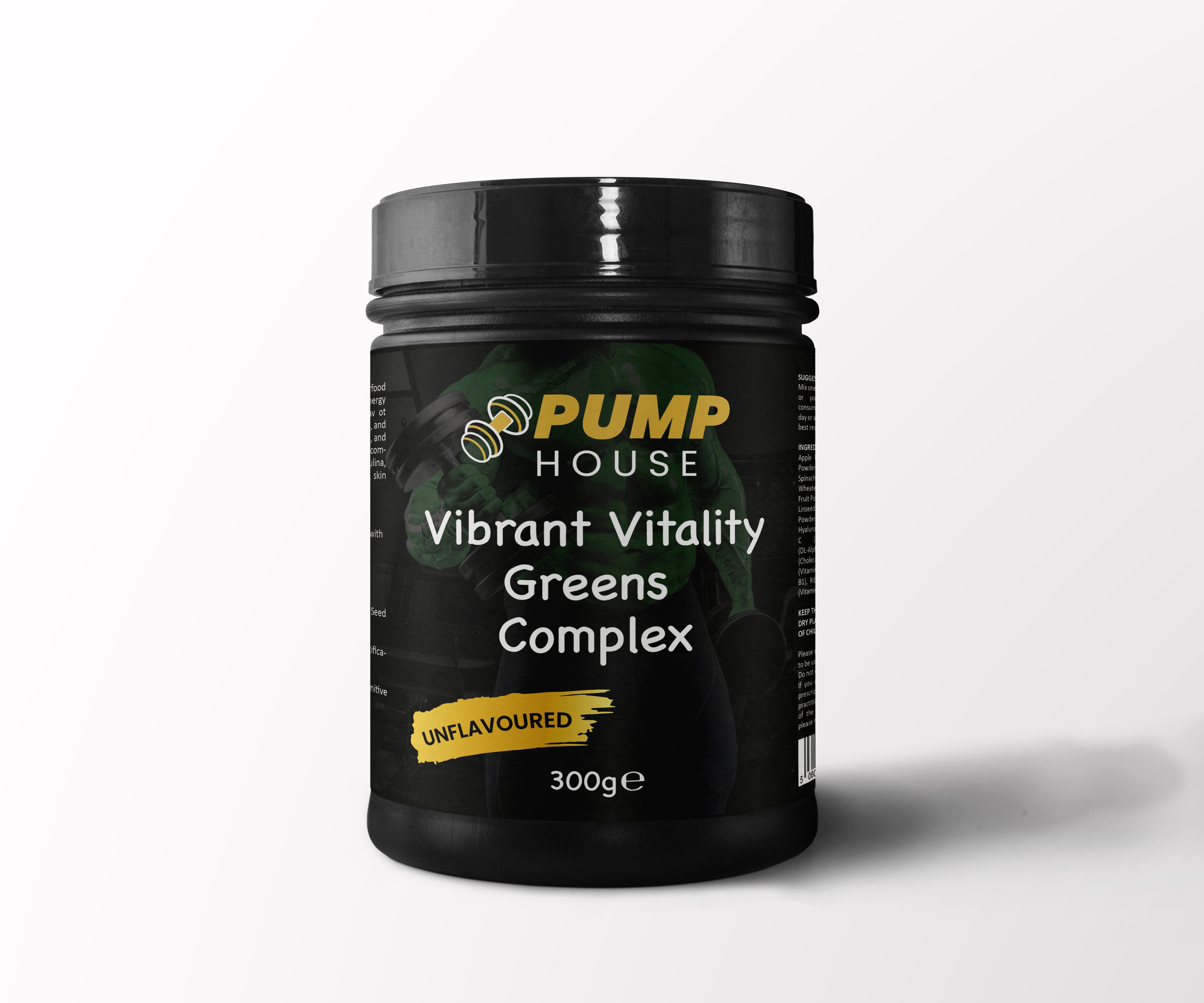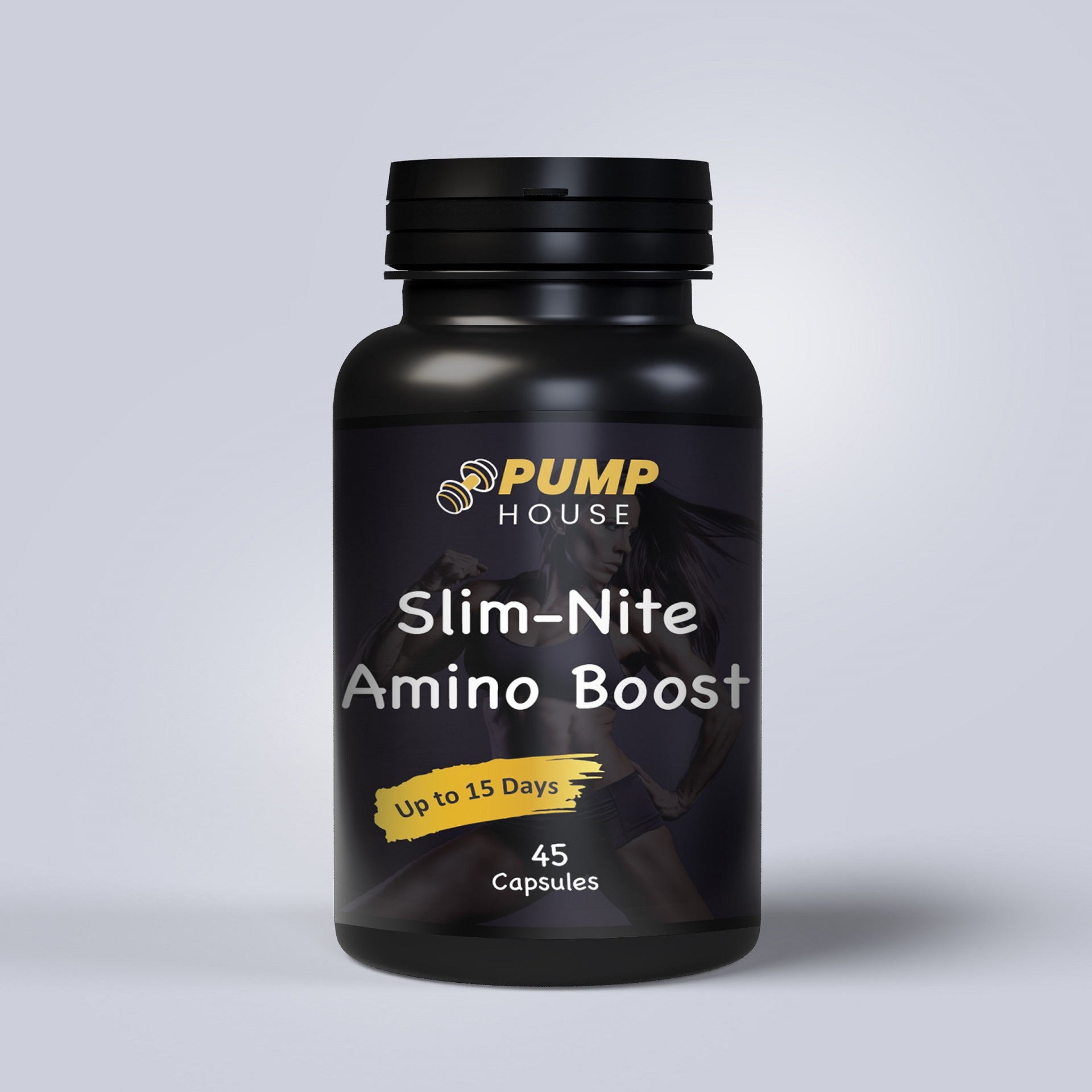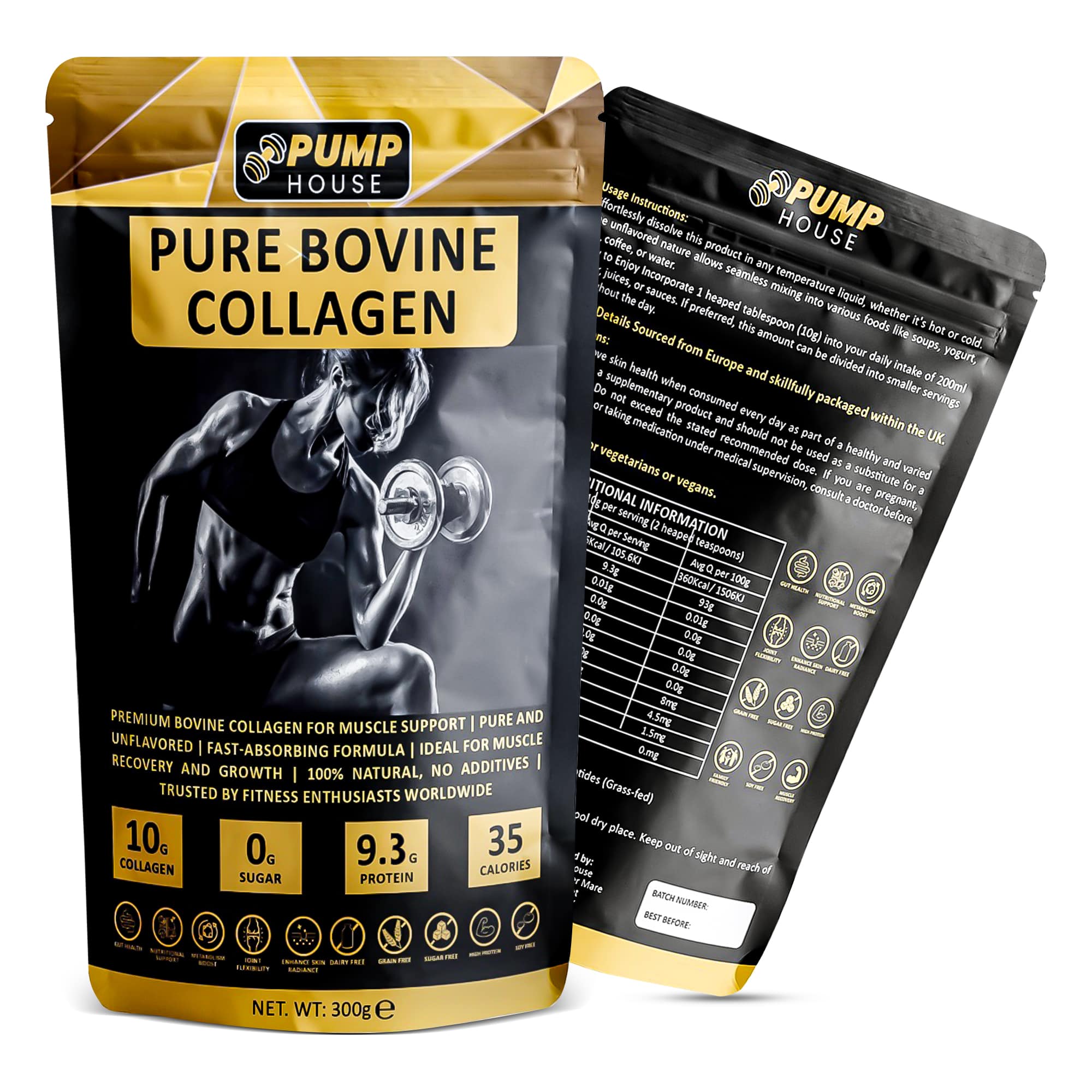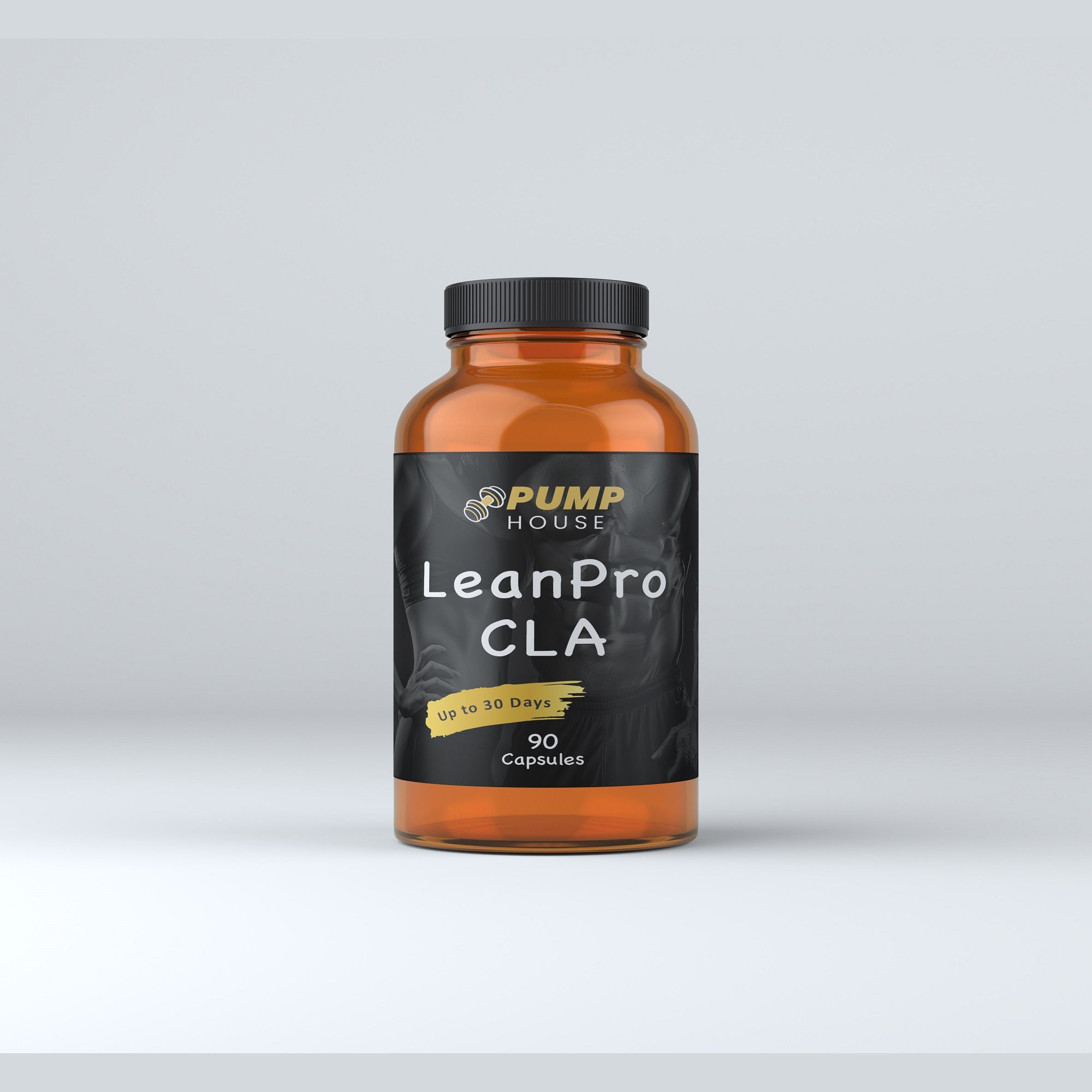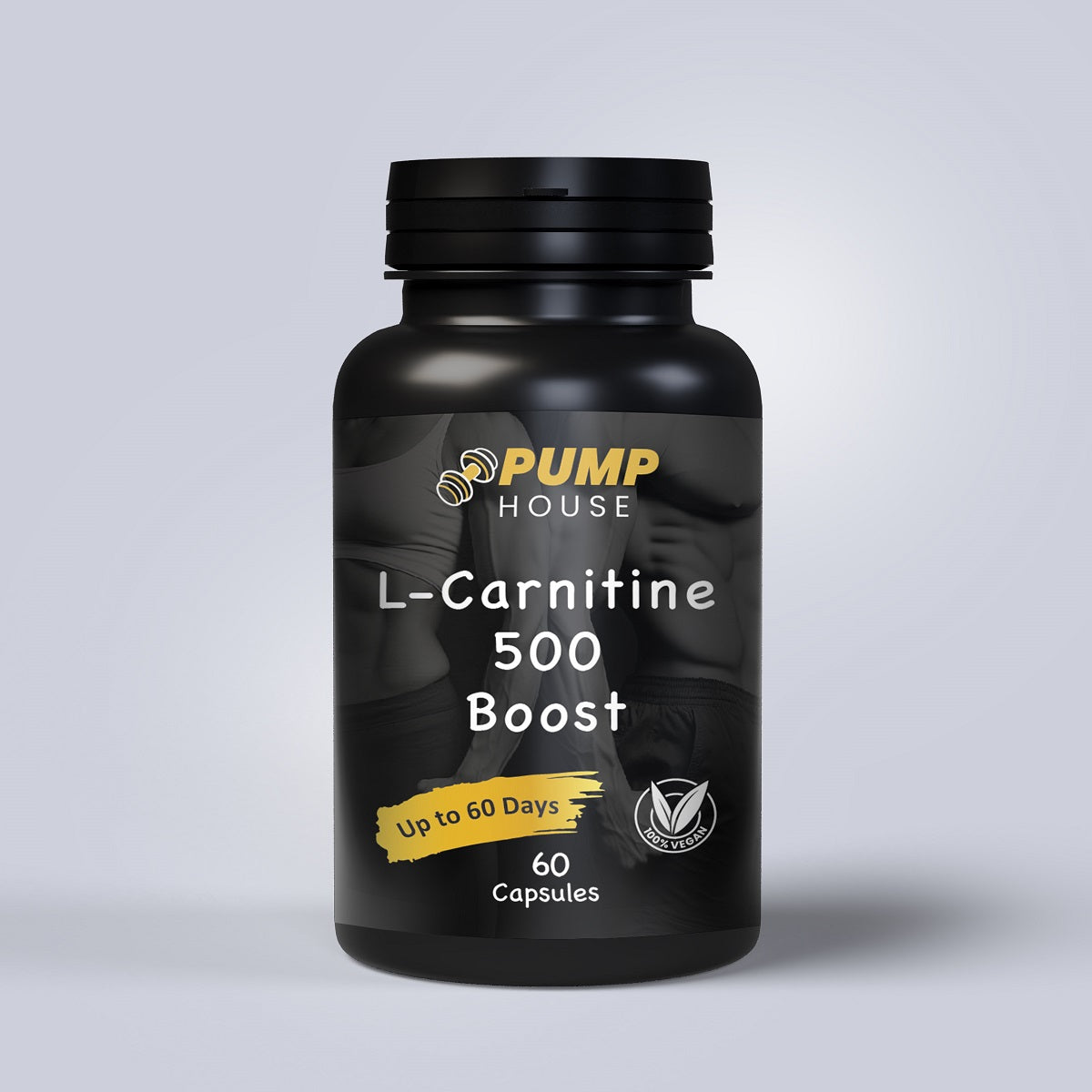
"Protein Shakes 101: Crafting the Perfect Blend"
"Protein Shakes 101: Crafting the Perfect Blend"
Protein is an essential macronutrient that plays a crucial role in the body. It is responsible for building and repairing tissues, producing enzymes and hormones, and supporting a healthy immune system. Consuming enough protein is especially important for those who are physically active or looking to build muscle. However, many people struggle to meet their daily protein requirements through whole foods alone. This is where protein shakes come in.
Protein shakes have gained popularity as a convenient and effective way to increase protein intake. They are quick and easy to prepare, making them a popular choice for busy individuals or those on the go. Additionally, protein shakes can be customized to meet individual needs and preferences, making them a versatile option for anyone looking to boost their protein intake.
The Basics of Protein: Different Types and Their Benefits
Proteins are made up of amino acids, which are the building blocks of the body. There are two main types of proteins: complete and incomplete. Complete proteins contain all nine essential amino acids that the body cannot produce on its own, while incomplete proteins lack one or more of these essential amino acids.
Different types of protein offer various benefits. Whey protein, derived from milk, is one of the most popular options due to its high biological value and fast absorption rate. It is rich in branched-chain amino acids (BCAAs), which are important for muscle recovery and growth. Casein protein, also derived from milk, is slower digesting and provides a sustained release of amino acids over time. This makes it an ideal choice for a nighttime shake or for those looking for prolonged muscle recovery.
Soy protein is a plant-based option that is suitable for vegetarians and vegans. It contains all nine essential amino acids and has been shown to have similar benefits to whey protein in terms of muscle growth and recovery. Other plant-based protein options include pea, hemp, and rice protein, which are also suitable for those following a plant-based diet.
Choosing the Right Protein Powder: Whey, Casein, Soy, and More
When it comes to choosing a protein powder, there are several factors to consider. The most common types of protein powders include whey, casein, soy, and plant-based options such as pea, hemp, and rice protein.
Whey protein is a popular choice due to its high biological value and fast absorption rate. It is available in two forms: whey concentrate and whey isolate. Whey concentrate contains a higher amount of carbohydrates and fats, while whey isolate has a higher protein content and is lower in carbohydrates and fats. Whey protein is an excellent option for post-workout shakes due to its fast absorption rate and ability to quickly deliver amino acids to the muscles.
Casein protein is slower digesting and provides a sustained release of amino acids over time. This makes it an ideal choice for a nighttime shake or for those looking for prolonged muscle recovery. Casein protein is also rich in calcium, which is beneficial for bone health.
Soy protein is a plant-based option that is suitable for vegetarians and vegans. It contains all nine essential amino acids and has been shown to have similar benefits to whey protein in terms of muscle growth and recovery. Soy protein is also rich in antioxidants and may have additional health benefits such as reducing cholesterol levels.
Other plant-based protein options include pea, hemp, and rice protein. These options are also suitable for those following a plant-based diet and offer a good source of protein. Pea protein is easily digestible and has been shown to promote muscle growth. Hemp protein is rich in omega-3 fatty acids and fiber, making it a great option for overall health. Rice protein is hypoallergenic and easily digestible, making it suitable for those with food sensitivities.
When choosing a protein powder, it is important to consider your individual needs and preferences. Look for a high-quality protein powder that is free from artificial additives and sweeteners. Consider the taste and texture of the protein powder, as well as any dietary restrictions or allergies you may have.
Other Essential Ingredients: Carbohydrates, Fats, and Fiber
While protein is an important component of a protein shake, it is also essential to balance it with other nutrients. Adding carbohydrates, fats, and fiber to your shake can provide additional energy and support overall health.
Carbohydrates are the body's primary source of energy. Adding healthy carbohydrates to your shake can provide fuel for your workouts and aid in muscle recovery. Good sources of carbohydrates include fruits, oats, and sweet potatoes. These can be added to your shake in the form of fresh or frozen fruits, oats, or even a tablespoon of nut butter.
Fats are another important nutrient to include in your shake. Healthy fats help to support hormone production, brain function, and overall health. Good sources of healthy fats include avocados, nuts, and seeds. These can be added to your shake in the form of a tablespoon of nut butter or a handful of nuts.
Fiber is an essential nutrient that aids in digestion and helps to keep you feeling full. Adding fiber to your shake can help to regulate blood sugar levels and support weight management. Good sources of fiber include chia seeds, flaxseeds, and leafy greens. These can be added to your shake in the form of a tablespoon of chia or flaxseeds or a handful of spinach or kale.
When adding carbohydrates, fats, and fiber to your shake, it is important to consider the overall calorie content and macronutrient balance. Aim for a balance of protein, carbohydrates, fats, and fiber that meets your individual needs and goals.
Mixing and Blending: Tips for a Smooth and Creamy Shake
Achieving the perfect texture and consistency in your protein shake can make all the difference in your enjoyment and satisfaction. Here are some tips for mixing and blending your shake to achieve a smooth and creamy texture:
1. Use a high-quality blender: Investing in a good blender can make a world of difference in the texture of your shake. Look for a blender with a powerful motor and sharp blades that can easily blend ice, frozen fruits, and other ingredients.
2. Start with liquid: Begin by adding your liquid of choice to the blender, such as water, milk, or a dairy-free alternative. This will help to create a smooth base for your shake.
3. Add protein powder: Next, add your protein powder to the blender. This will ensure that it is evenly distributed throughout the shake.
4. Add other ingredients: Once you have added your protein powder, you can add any additional ingredients such as fruits, vegetables, or healthy fats. Be sure to chop larger ingredients into smaller pieces to ensure they blend smoothly.
5. Blend until smooth: Blend all of the ingredients together until you achieve a smooth and creamy consistency. If necessary, stop the blender and scrape down the sides to ensure that all of the ingredients are fully incorporated.
6. Adjust consistency: If your shake is too thick, you can add more liquid to thin it out. If it is too thin, you can add more ice or frozen fruit to thicken it up.
By following these tips, you can create a protein shake that is not only nutritious but also delicious and satisfying.
Pre- and Post-Workout Shakes: The Best Recipes for Fueling Your Body

Consuming a protein shake before and after a workout can provide your body with the nutrients it needs to perform at its best and recover effectively. Here are some recipe ideas for pre- and post-workout shakes:
Pre-workout shake:
- 1 scoop of whey protein powder
- 1 banana
- 1 tablespoon of almond butter
- 1 cup of almond milk
- Handful of spinach
- Ice cubes
Blend all of the ingredients together until smooth and enjoy about 30 minutes before your workout. This shake provides a good balance of protein, carbohydrates, and healthy fats to fuel your workout and support muscle recovery.
Post-workout shake:
- 1 scoop of whey protein powder
- 1 cup of frozen berries (such as blueberries or strawberries)
- 1 tablespoon of chia seeds
- 1 cup of coconut water
- Handful of kale or spinach
- Ice cubes
Blend all of the ingredients together until smooth and enjoy within 30 minutes after your workout. This shake provides a good source of protein, antioxidants, and electrolytes to aid in muscle recovery and replenish energy stores.
Meal Replacement Shakes: Balancing Protein and Nutrients for Weight Loss
Meal replacement shakes can be a convenient option for those looking to lose weight or manage their calorie intake. However, it is important to create a balanced shake that provides adequate nutrition and satisfies hunger. Here are some tips for creating a meal replacement shake:
1. Include protein: Protein is essential for maintaining muscle mass and keeping you feeling full. Aim to include at least 20 grams of protein in your meal replacement shake. This can be achieved by adding a scoop of protein powder or using Greek yogurt as a base.
2. Add healthy fats: Healthy fats help to keep you feeling satisfied and provide essential nutrients. Add a tablespoon of nut butter, a handful of nuts, or a teaspoon of coconut oil to your shake to increase the fat content.
3. Include carbohydrates: While it is important to watch your carbohydrate intake when trying to lose weight, it is still important to include some carbohydrates in your meal replacement shake. This will provide energy and help to keep you feeling full. Add a small amount of fruit, oats, or a tablespoon of honey to your shake for a balanced carbohydrate source.
4. Include fiber: Fiber is important for digestion and helps to keep you feeling full. Add a tablespoon of chia seeds, flaxseeds, or a handful of spinach to your shake to increase the fiber content.
By following these tips, you can create a meal replacement shake that provides adequate nutrition and supports your weight loss goals.
Vegan and Vegetarian Options: Plant-Based Proteins to Incorporate
For those following a vegan or vegetarian diet, there are plenty of plant-based protein options to incorporate into your shakes. Here are some suggestions:
1. Pea protein: Pea protein is a high-quality plant-based protein that is easily digestible and has been shown to promote muscle growth. It is also rich in branched-chain amino acids (BCAAs), which are important for muscle recovery and growth.
2. Hemp protein: Hemp protein is derived from hemp seeds and is rich in omega-3 fatty acids and fiber. It also contains all nine essential amino acids, making it a complete protein source.
3. Rice protein: Rice protein is hypoallergenic and easily digestible, making it suitable for those with food sensitivities. It is also rich in branched-chain amino acids (BCAAs) and provides a good source of protein.
4. Soy protein: Soy protein is a complete plant-based protein that contains all nine essential amino acids. It has been shown to have similar benefits to whey protein in terms of muscle growth and recovery.
When using plant-based proteins in your shakes, it is important to consider the taste and texture of the protein powder. Some plant-based proteins can have a slightly gritty texture or strong taste, so it may be necessary to experiment with different brands or flavors to find one that you enjoy.
Avoiding Common Mistakes: Overdoing Protein and Other Pitfalls
While protein shakes can be a convenient and effective way to increase protein intake, it is important to avoid common mistakes that can hinder your progress. Here are some tips for avoiding these mistakes and getting the most out of your shakes:
1. Don't overdo the protein: While protein is important for muscle growth and recovery, consuming excessive amounts can be counterproductive. Aim to consume around 20-30 grams of protein per shake, depending on your individual needs and goals.
2. Watch your calorie intake: While protein shakes can be a healthy addition to your diet, they can also be high in calories if not properly balanced. Be mindful of the other ingredients you are adding to your shake, such as fruits, nut butter, or sweeteners, as these can quickly add up in calories.
3. Don't rely solely on shakes: While protein shakes can be a convenient option, it is important to also consume a variety of whole foods to ensure you are getting a wide range of nutrients. Use protein shakes as a supplement to your diet, rather than a replacement for whole foods.
4. Consider your individual needs: Everyone's protein needs are different, so it is important to consider your individual goals and preferences when choosing a protein powder and creating your shakes. Consult with a healthcare professional or registered dietitian for personalized advice.
By following these tips, you can avoid common mistakes and get the most out of your protein shakes.
Crafting Your Perfect Protein Shake for Optimal Health and Fitness
Protein shakes can be a convenient and effective way to increase protein intake and support overall health and fitness goals. By understanding the importance of protein in the body and choosing the right protein powder, you can create a shake that meets your individual needs and preferences.
Remember to balance your protein shake with other essential nutrients such as carbohydrates, fats, and fiber. Experiment with different ingredients and recipes to find the perfect combination for your taste and goals. Whether you are looking to fuel your workouts, support weight loss, or follow a plant-based diet, there is a protein shake recipe out there for you.
By incorporating protein shakes into your diet, you can ensure that you are meeting your daily protein requirements and supporting your overall health and fitness goals. So grab your blender and start crafting your perfect protein shake today!

